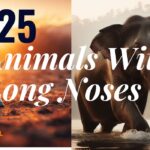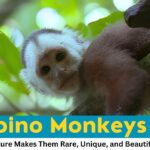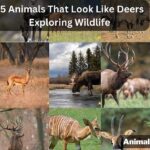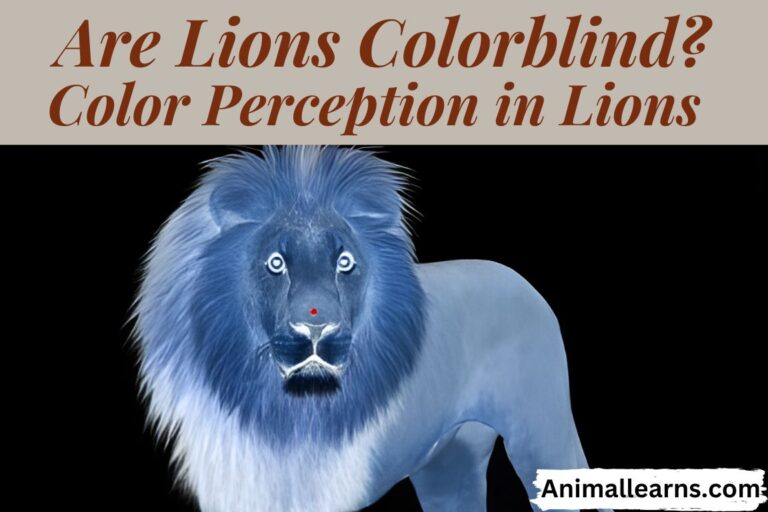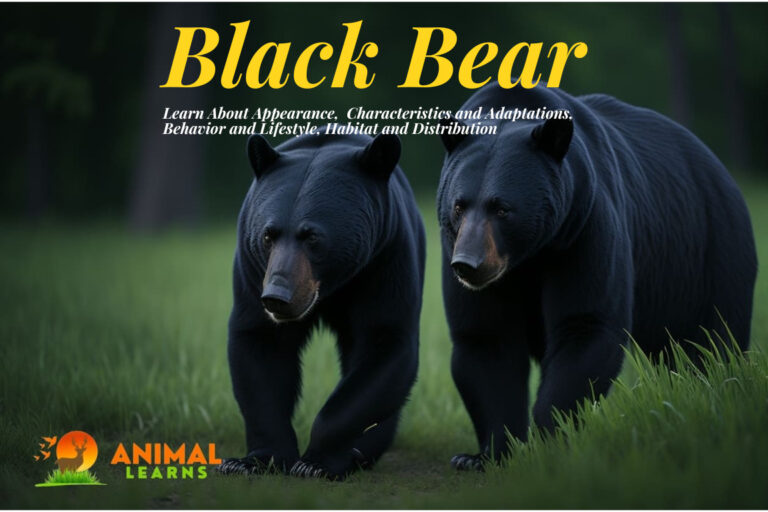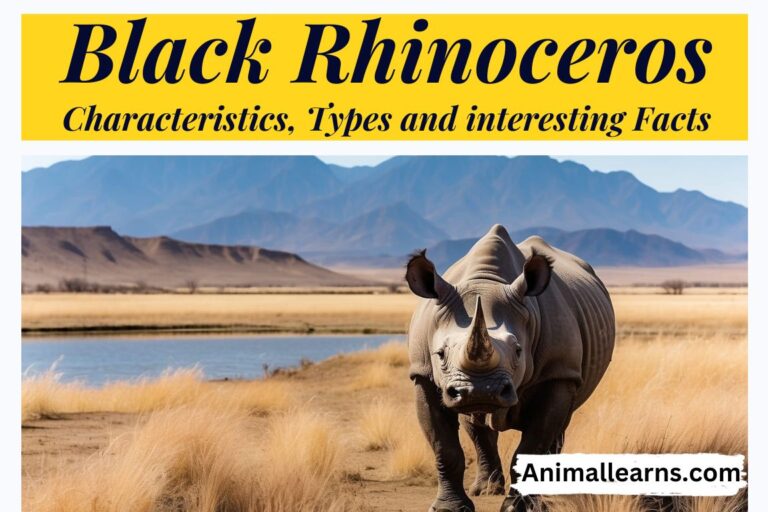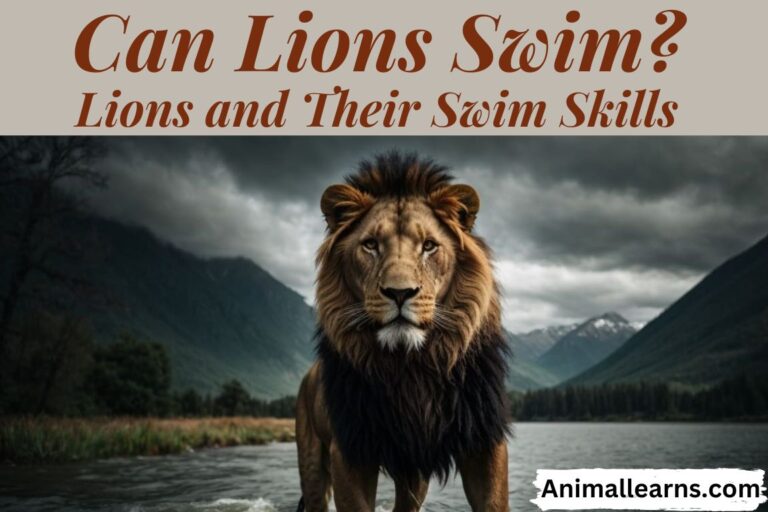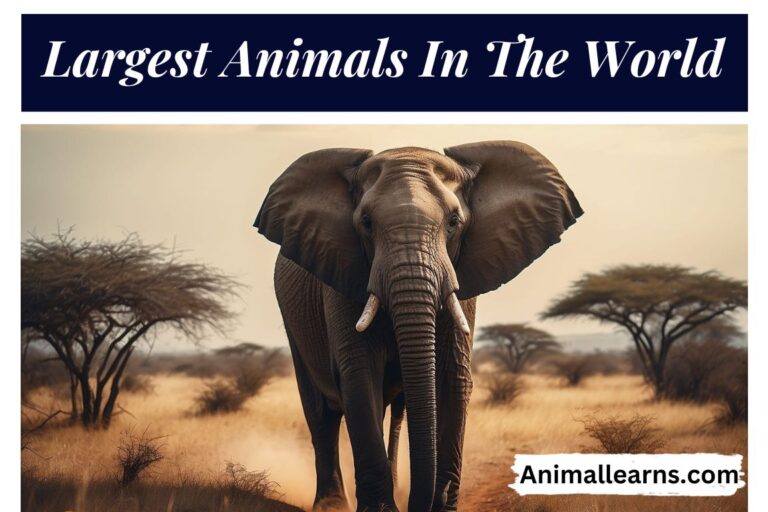15 Ugly Baby Animals: A Closer Look
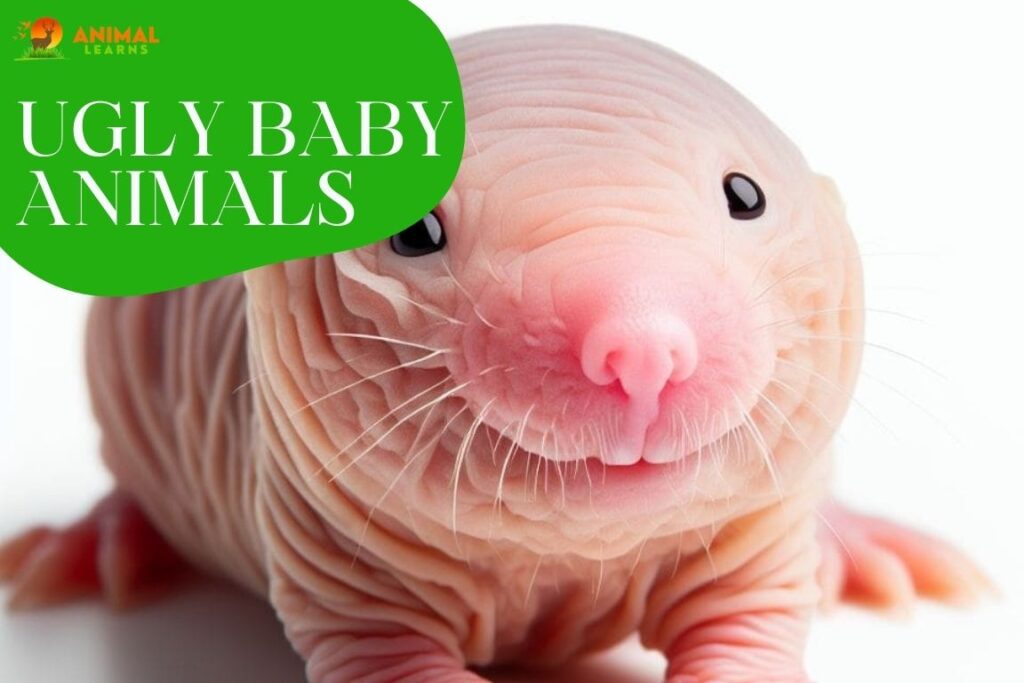
Ugly baby animals can unexpectedly charm us, concealing their essential roles and unique adaptations in their habitats. The world of baby animals is a realm of wonder and diversity, encompassing both cute and less conventionally attractive creatures.
Not every species in the animal realm, such as pups or kittens, is initially cute. At birth, certain animals, including robins and turkey vultures, really have very unappealing appearances. While some of these creatures may grow up to be adorable adults, others will remain ugly well into old age.
Ugly Baby Animals
Contents
- 1 Ugly Baby Animals
- 1.1 Naked Mole Rat
- 1.2 Blobfish
- 1.3 Proboscis Monkey
- 1.4 Aye-aye
- 1.5 Hairy-Nosed Wombat
- 1.6 Star-Nosed Mole
- 1.7 Naked Barbet
- 1.8 Marabou Stork
- 1.9 Shoebill
- 1.10 Giant Salamander
- 1.11 Hyena
- 1.12 Warthog
- 1.13 Goblin Shark Pup
- 1.14 Frill-Necked Lizard Hatchling
- 1.15 Horseshoe Crab Larva
- 1.16 Why Are Some Baby Animals So Ugly?
- 2 Perceptions of Beauty in Baby Animals
- 3 Conclusion
- 4 FAQs
- Naked Mole Rat
- Blobfish
- Proboscis Monkey
- Aye-aye
- Hairy-Nosed Wombat
- Star-Nosed Mole
- Naked Barbet
- Marabou Stork
- Shoebill
- Giant Salamander
- Hyena
- Warthog
- Goblin Shark Pup
- Frill-Necked Lizard Hatchling
- Horseshoe Crab Larva
Naked Mole Rat
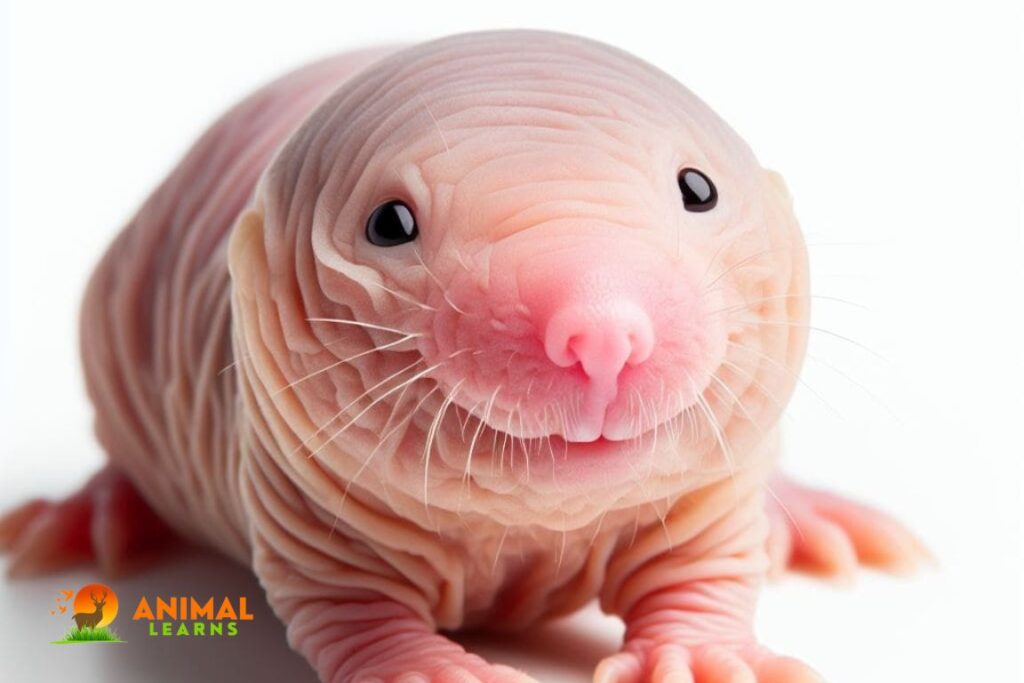
Naked mole rats are hairless, wrinkly rodents that live in underground colonies in Africa. They’re pretty much blind and have big, buck teeth. But they’re also very social and have a complex social structure.
Naked mole rats are the longest-living rodents, with an average lifespan of 30 years. They’re also very resistant to cancer and other diseases. This makes them a valuable animal for scientists studying aging and disease resistance.
Blobfish

The blobfish is a deep-sea fish that lives off the coast of Australia and New Zealand. It has a gelatinous body and a sad-looking face. But it’s actually quite well-adapted to its deep-sea environment.
The blobfish lives at depths of up to 12,000 feet, where the water pressure is immense. Its gelatinous body allows it to withstand this pressure. The blobfish also has a very low metabolism, which helps it to survive in the nutrient-poor deep sea.
Proboscis Monkey

The proboscis monkey is a monkey with a big, bulbous nose. It lives in the rainforests of Borneo and is the largest species of monkey in Asia. Proboscis monkeys are very social and live in groups of up to 20 individuals.
The proboscis monkey’s nose is thought to play a role in communication and attracting mates. Males with larger noses have more reproductive success. The proboscis monkey’s nose is also thought to help it to filter out dust and pollen from the air.
Aye-aye
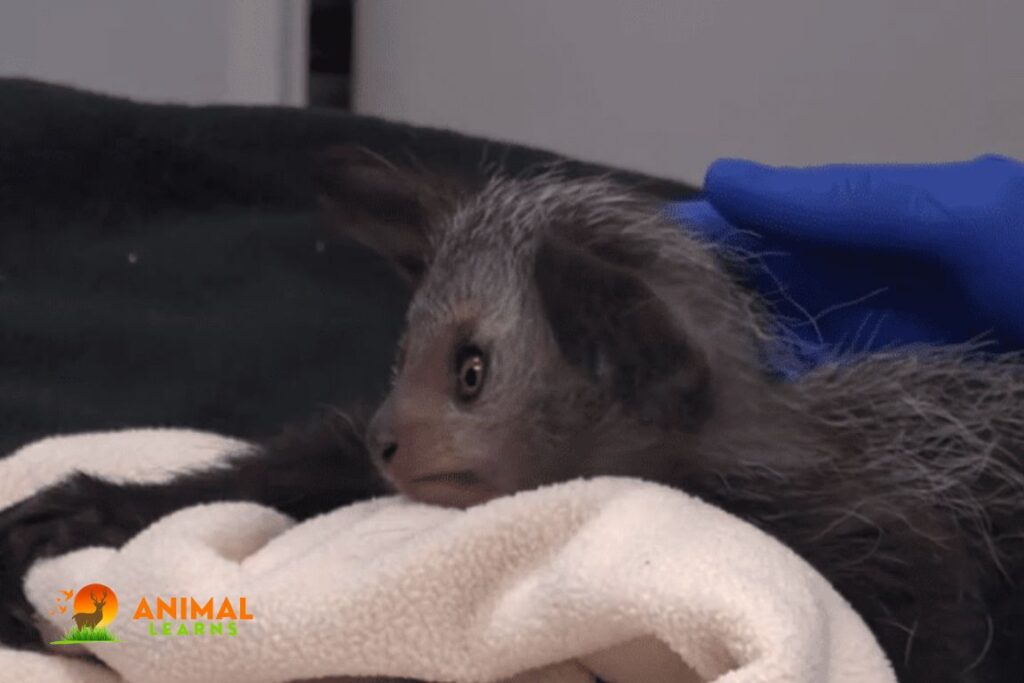
The aye-aye is a lemur-like creature that lives in the rainforests of Madagascar. It has big ears, a long tail, and sharp teeth. Aye-ayes are nocturnal and solitary animals, and they spend most of their time in trees.
Aye-ayes are the only known primates that use echolocation to find food. They tap on trees with their long middle fingers and listen for the sound of insects moving inside. Aye-ayes also use their sharp teeth to gnaw through wood and bark to get to the insects.
Hairy-Nosed Wombat
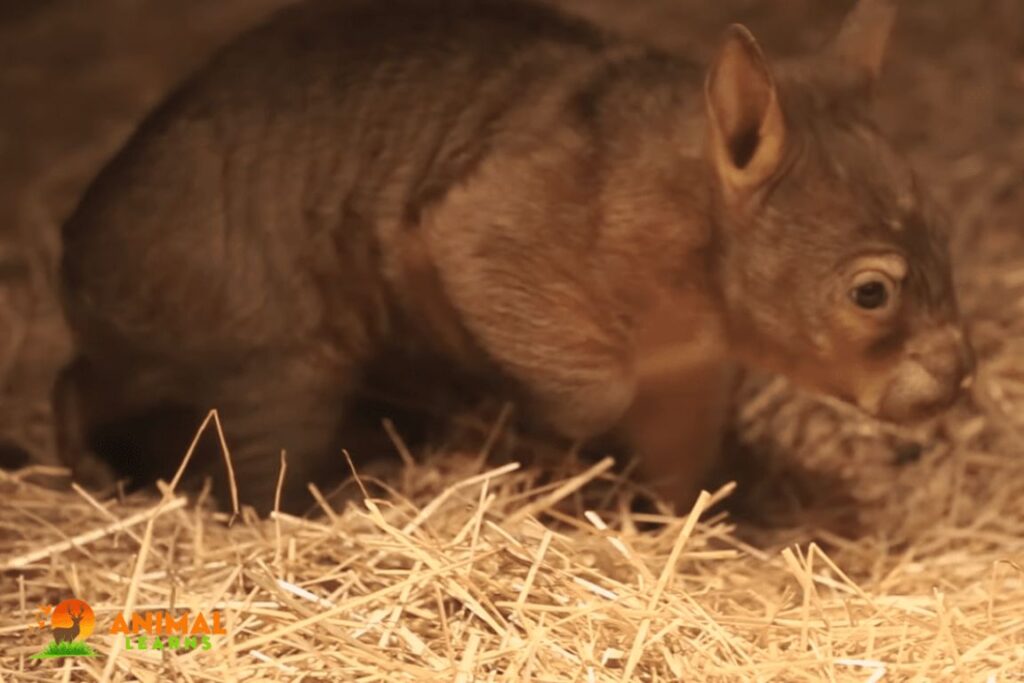
The hairy-nosed wombat is a small, marsupial that lives in the deserts of Australia. It has a thick coat of fur and a big nose that helps it to filter out dust from the air. Hairy-nosed wombats are solitary animals and are only active at night.
Hairy-nosed wombats are the third largest species of wombat. They’re known for their digging skills and their ability to survive in harsh desert conditions. Hairy-nosed wombats are also very social animals and live in complex burrows with multiple chambers.
Star-Nosed Mole

The star-nosed mole is a mole with a star-shaped nose. It lives in North America and is the only mole species that has a nose like this. Star-nosed moles use their noses to find food and to navigate through their underground tunnels.
Star-nosed moles are very sensitive to touch and can detect even the smallest movements. They use this ability to find food, such as insects, earthworms, and larvae. Star-nosed moles also use their noses to communicate with each other.
Naked Barbet

The naked barbet is a bird with a bare, blue face. It lives in the rainforests of Southeast Asia and is the only species of barbet that has a face like this. Naked barbets are social birds and live in flocks of up to 20 individuals.
Naked barbets are frugivores, meaning that they eat fruit. They’re also known to eat insects and other small animals. Naked barbets are very important for the dispersion of seeds in the rainforest.
Marabou Stork

The marabou stork is a large stork that lives in Africa. It has a bald head, a long neck, and a big bill. Marabou storks are scavengers and eat carrion, such as dead animals. They’re also known to eat garbage.
Marabou storks are very important for the ecosystem because they help to clean up dead animals and other waste. They’re also known to play a role in the control of disease.
Shoebill

The shoebill is a large bird with a big, shoe-shaped bill. It lives in the swamps of Central Africa and is the only species of bird that has a bill like this. Shoebills are solitary birds and are only active during the day.
Shoebills are piscivores, meaning that they eat fish. They’re also known to eat other small animals, such as frogs, snakes, and birds. Shoebills are very good hunters and can catch fish with
Giant Salamander
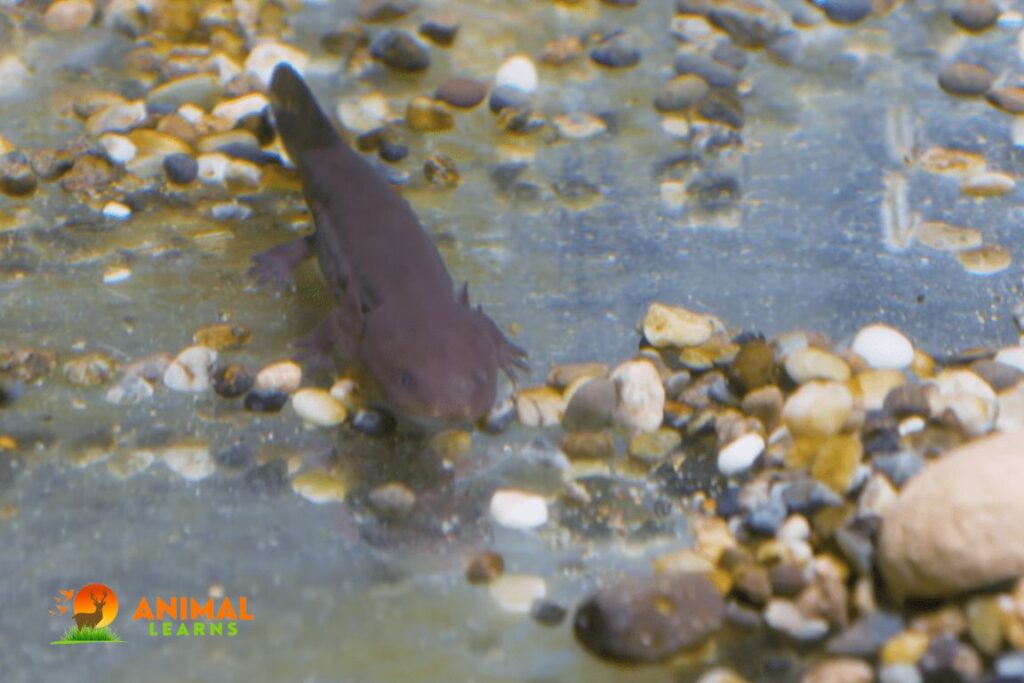
The giant salamander is the largest amphibian in the world, and its babies are just as big and ugly as you might expect. They have large, bulbous heads and long, slimy bodies. Giant salamander babies are so ugly because they are not yet fully developed. Their bodies and features are still growing and maturing.
Hyena
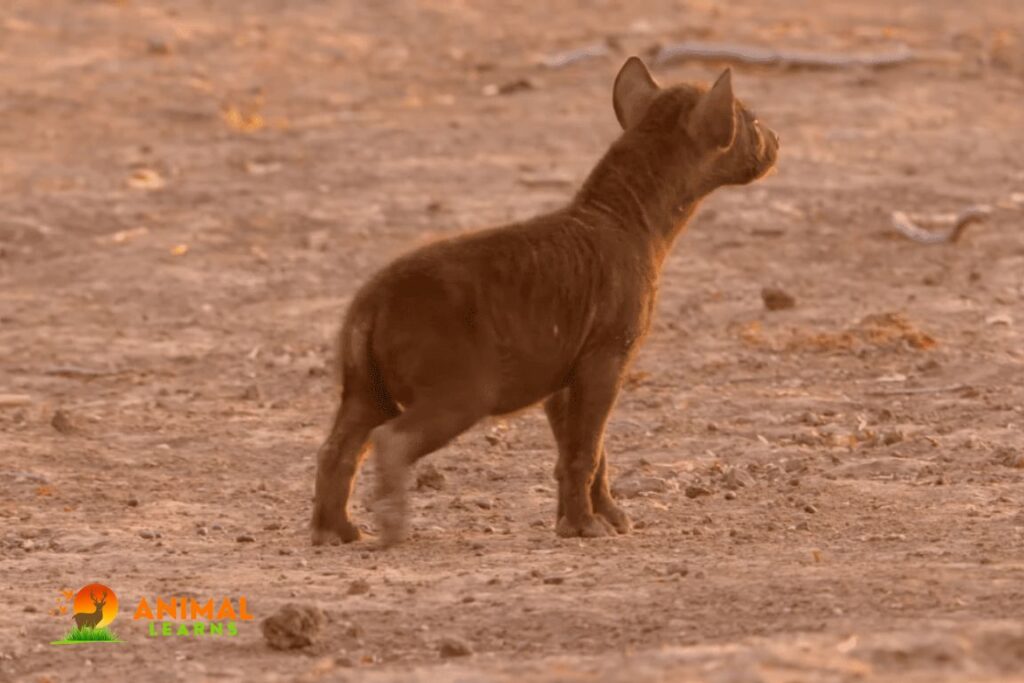
Even though they are regarded as vicious scavengers, hyenas give birth to ugly baby animals who are just as important to their ecosystems as their more fearsome parents. Hyenas are known for their loud laughter and their scavenging habits. Their babies are just as strange-looking, with long, spotted coats and large ears.
Hyena babies are so ugly because they are adapted to their scavenging diet. Their long, spotted coats help to camouflage them from predators, and their large ears help them to hear the sounds of other scavengers.
Warthog

Warthogs are pigs with large tusks and warty skin. Their babies are just as ugly, with wrinkled faces and short, stubby legs. Warthog babies are so ugly because they are adapted to their environment.
Their wrinkled skin helps to protect them from the sun, and their short, stubby legs help them to run quickly through the savanna.
Goblin Shark Pup

Oh, the goblin shark pup, what an amazing creature. The unique appearance of the goblin shark pup at birth, which features an expanded snout and protruding jaws, is how it gets its name. The fact that these deep-sea animals are rarely spotted adds to the mystery surrounding their offspring.
Though they have a very unsettling look, these pups have special adaptations that allow them to survive in the deep, dark waters. Their distinct features and pinkish skin are a monument to the wonders of evolution found deep within our oceans.
Frill-Necked Lizard Hatchling
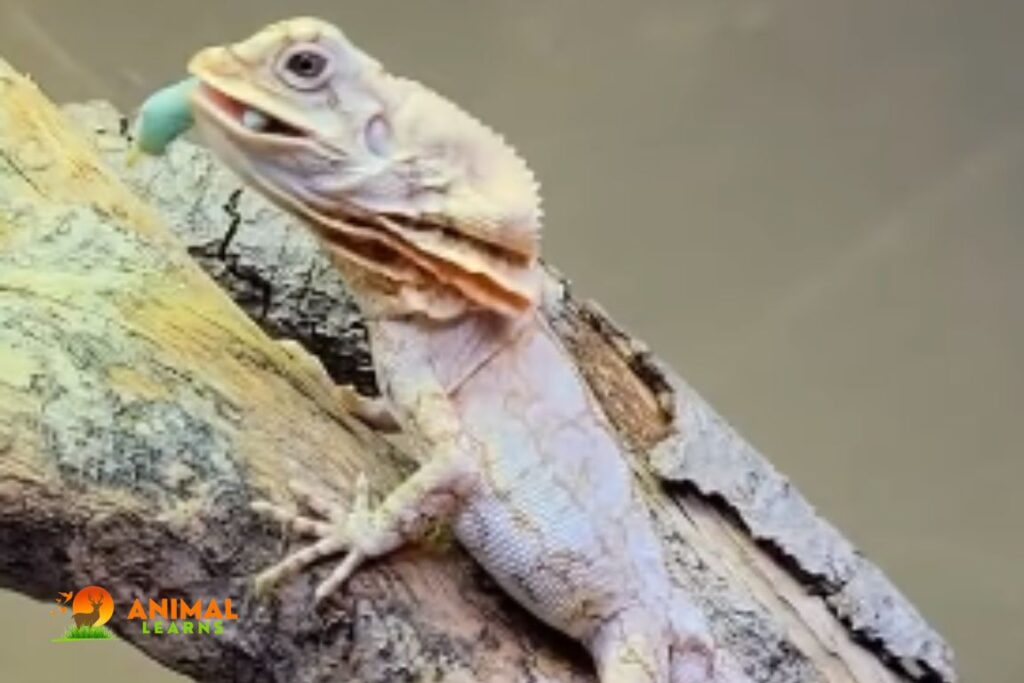
The frill-necked lizard hatchling, sometimes known as the “frilled dragon,” is a unique creature that may be found in Australia and New Guinea. Its appearance may appear peculiar at first, but upon closer inspection, an incredible adaptation is shown.
When challenged, this young reptile shows a striking frill around its neck in an incredible and protective display. The frill-necked lizard hatchling uses this trait to scare away predators and signal that it is ready to defend itself.
Horseshoe Crab Larva
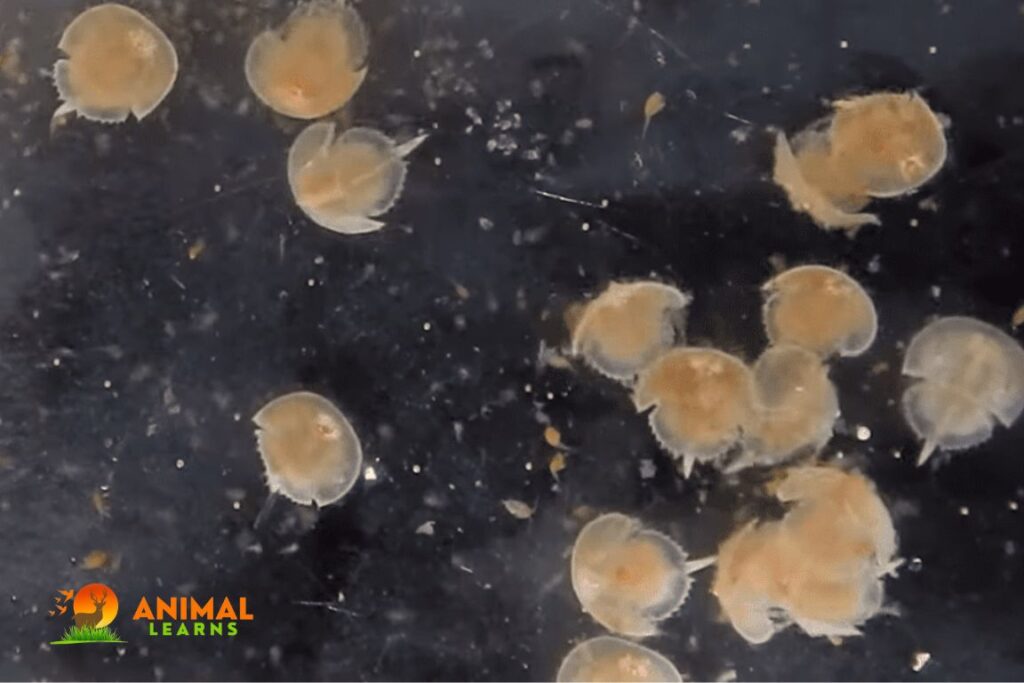
Horseshoe crab larvae, often overlooked for their unassuming appearance, are a prime example of ugly baby animals that play a critical role in coastal ecosystems. Despite their lack of aesthetic appeal, horseshoe crab larvae are vital to our coastal ecosystems.
These extinct arthropods are really more closely linked to arachnids than to actual crabs, having lived for hundreds of millions of years. Their larvae have a modest look, are segmented, and are tiny. They do, however, play an important role in the ecology as the main source of food for other species, including shorebirds.
Why Are Some Baby Animals So Ugly?
There are a couple of motivations behind why some child creatures are so revolting. One explanation is that they are not yet completely created. Their bodies and highlights are as yet developing and developing, and this can give them a weird or incomplete appearance.
Another explanation is that some child creatures are adjusted to their current circumstance. For instance, the monster isopod lives in the remote ocean, where there is almost no light. Its pale, clear skin assists it with mixing in with its environmental elements and stay away from hunters.
At last, some child creatures are just terrible in light of the fact that they are not intended to be appealing. They are hunters that depend on disguise to get their prey, or they are foragers that eat dead creatures. Regardless, there is no requirement for them to be charming.
So next time you see ugly baby animals, don’t pass judgment on it by its looks! Recollect that it is as yet a developing and creating animal, and it is similarly as essential to the environment as some other creature.
Perceptions of Beauty in Baby Animals
The transition from ugly baby animals to striking or uniquely adapted adults is a captivating aspect of the animal kingdom. The journey from cute baby animals to what some consider ugly adults is a testament to nature’s ability to create remarkable transformations.
While the blobfish baby may not win any beauty contests, it becomes well-suited to its deep-sea habitat as it matures. The aye-aye, too, challenges conventional beauty standards, showcasing the diversity of life.
It is a reminder that beauty, much like perceptions of cuteness, varies among individuals, and all baby animals have their unique contributions to the natural world.
Conclusion
The definition of beauty in the natural world is arbitrary and multifaceted. Ugly newborn animals defy our preconceived ideals of cuteness since they frequently have unusual looks. Nevertheless, despite their unusual appearance, these species are vital components of the complex web of life on Earth.
They demonstrate the astounding diversity and inventiveness of the animal kingdom and serve as a monument to the amazing adaptability of life.
We are reminded as we investigate these less typically endearing animals that beauty can be found in unexpected places and that it is our responsibility to value and preserve these extraordinary creatures as essential components of the natural world.
FAQs
Are there truly “ugly” baby animals in nature?
Yes, but the perception of beauty is subjective, and what’s considered ugly to one person might be unique and fascinating to another.
Why do some baby animals appear less appealing?
The appearance of some baby animals may seem unconventional due to specialized adaptations for their environment or their stage of development.
Do ugly baby animals have an important role in their ecosystems?
Yes, even those with unconventional appearances serve crucial functions in their respective ecosystems, contributing to the balance of nature.
Are there any specific examples of ugly baby animals that are vital to their ecosystems?
Yes, species like vultures and marabou storks, often considered less attractive, play essential roles as scavengers in maintaining ecosystem health.
Is it fair to judge baby animals solely on their appearance?
No, appearance doesn’t define an animal’s worth or significance. All animals, regardless of their appearance, deserve respect and conservation efforts to protect their place in the natural world.

